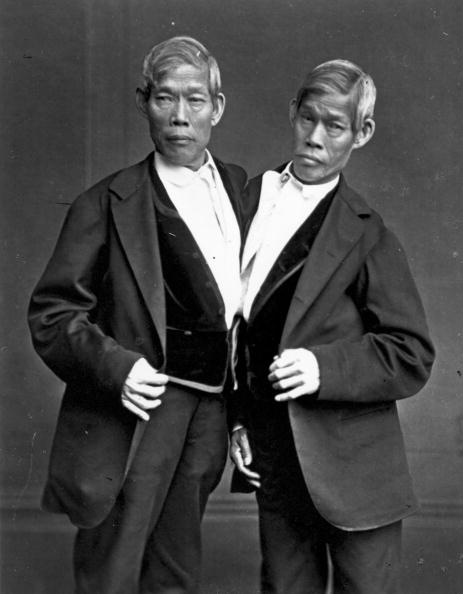
Twin girls who were born conjoined at the chest and abdomen were separated soon after their birth in a Colorado hospital, but only one has survived. Amber McCullough of Hastings, MN, delivered Hannah and Olivia, by cesarean section on Wednesday. A spokesperson for Children's Hospital Colorado said Olivia died after a 5-hour-long separation procedure.
Hannah is in critical condition, but is stable, and is in a neonatal intensive care unit at the Colorado Fetal Care Center at the hospital, which is in Aurora, CO. Amber McCullough is recovering.
The twins shared an abdomen, liver, and intestinal tract, but had separate hearts and kidneys. However, Olivia's heart only had one ventricle and was missing valves.
Doctors performed the cesarean section at 32 weeks into the pregnancy. McCullough lived at the Ronald McDonald House since early August while waiting for the delivery. Her stepmother is with her there, keeping her company and caring for her. McCullough will move to Colorado because Hannah is expected to need extensive medical care. She was in a relationship with the father of the twins, but that has ended, and also has a son from a previous relationship.
Conjoined twins are thought to occur once every 200,000 live births, but there are estimates that range from 1 in 49,000 births to 1 in 189,000 births. Between 40% and 60% of conjoined twins are stillborn.
There are two theories on why conjoined twins-which are always identical twins that came from a single fertilized egg-occur. The older theory is that the fertilized egg splits partially, but continues to develop. A newer theory is that the fertilized egg splits completely, but then partially fuses back together again.
The difficulty of separating conjoined twins varies greatly depending on how many and which organs they share. In many cases, a separation surgery is life-threatening to one or both infants. In some cases, separation is attempted in the hope that one twin will survive whereas both are expected to die if the surgery is not attempted.
Conjoined twins are often called Siamese twins after Chang and Eng Bunker, who were born in what is now Thailand, but who made a living being exhibited in the United States.
